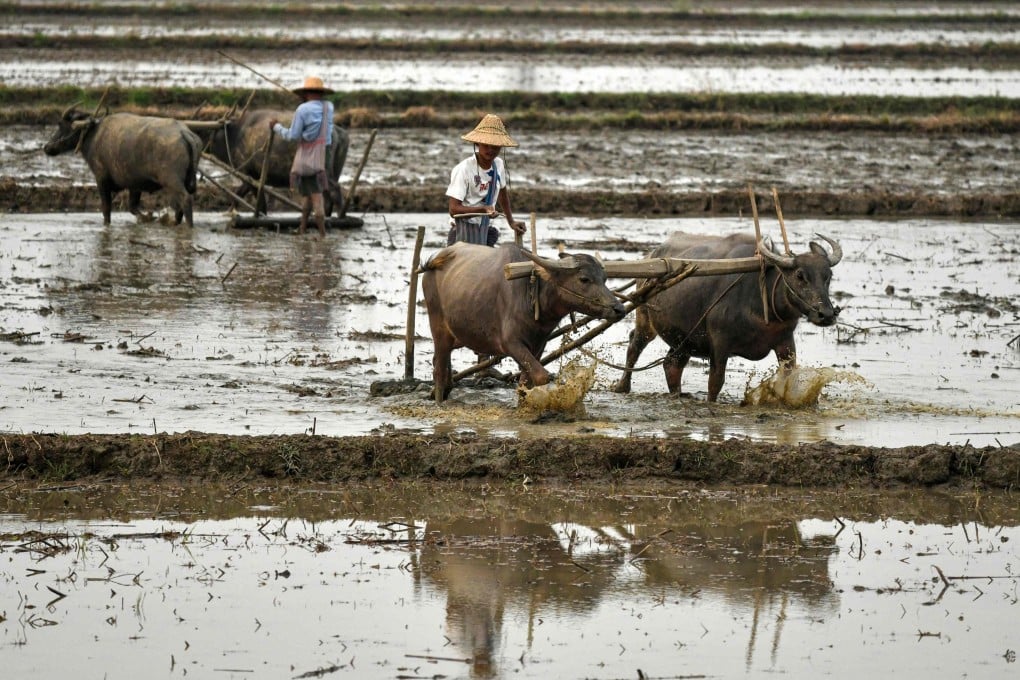Advertisement
Opinion | How more Asean-China agricultural trade could reshape regional, global markets
- Two-way agricultural trade can help address food security concerns, strengthen productivity and pose a fresh challenge to the traditional dominance of US and Australian exports
Reading Time:3 minutes
Why you can trust SCMP
1

Former Cambodian leader Hun Sen’s recent call for stronger Sino-Asean trade brings to light an often-overlooked but key aspect in the bilateral relationship: two-way agricultural trade.
Encouraging stronger agricultural trade between the Association of Southeast Asian Nations and China could address the growing food security concerns at both regional and global levels, while providing mutual benefits. Aside from strengthening agricultural productivity and supply, it could also help maintain a stable regional food market.
Two-way agricultural trade is booming. Between 2000 and 2022, the volume of Chinese agricultural exports to Asean countries skyrocketed from US$1.52 billion to US$61 billion, making China the economic bloc’s largest source of imports.
Southeast Asian nations are among the leading exporters of agricultural products such as palm oil, cereals, sugar and rice. In 2022, the region’s agricultural exports to China totalled nearly US$37 billion, accounting for 15.7 per cent of China’s total agricultural imports for that year.
Local agricultural production plays a key role in Southeast Asia, accounting for more than 20 per cent of GDP in countries such as Laos and more than 40 per cent of employment in Myanmar and elsewhere. Estimates suggest that bilateral trade volume, including agricultural trade, could reach US$100 billion by 2030.
There are several ways this could reshape Asian agricultural trade and cooperation. First, there is significant potential for agricultural technology (agtech) and biotechnology transfers. While the productivity of key agricultural crops such as rice in Southeast Asia has not kept pace with other regions in recent years, China has made considerable advancements.
Advertisement
Select Voice
Choose your listening speed
Get through articles 2-3x faster
1.1x
220 WPM
Slow
Normal
Fast
1.1x
